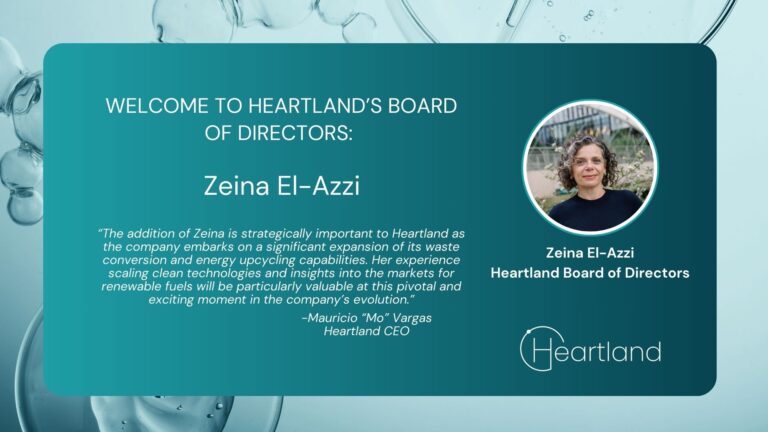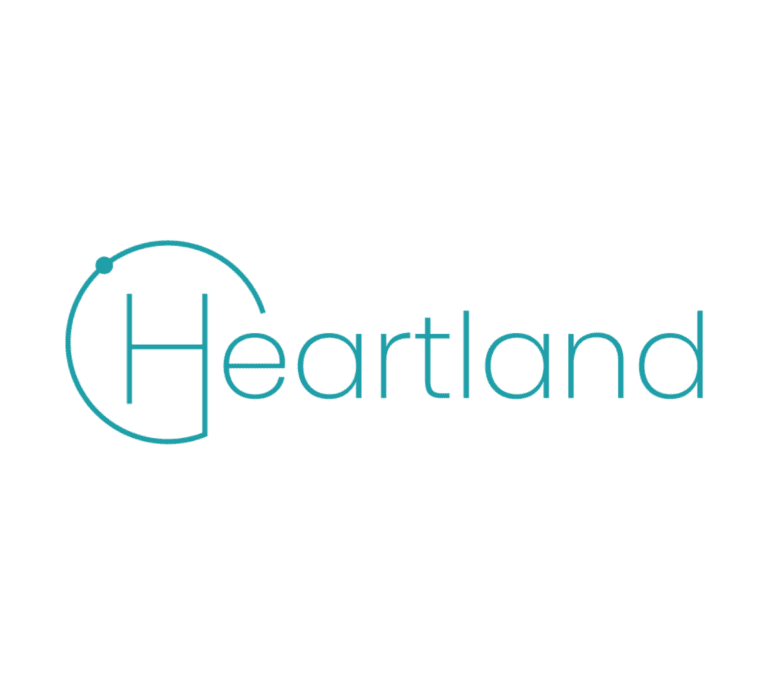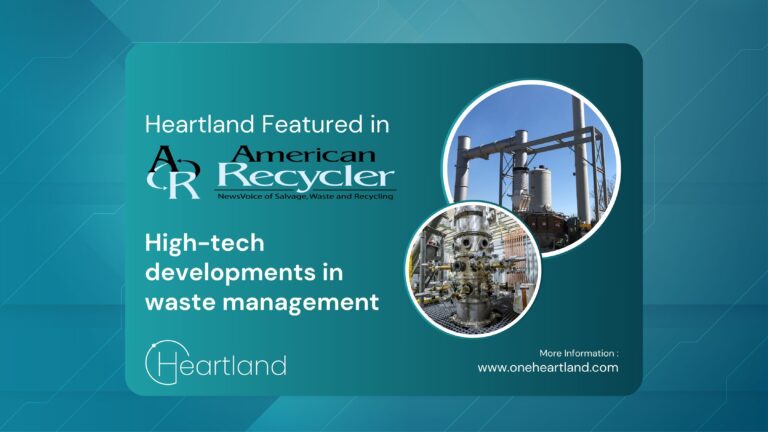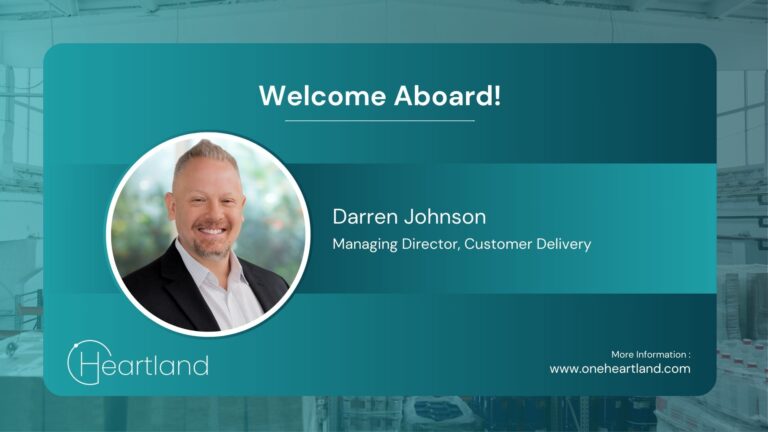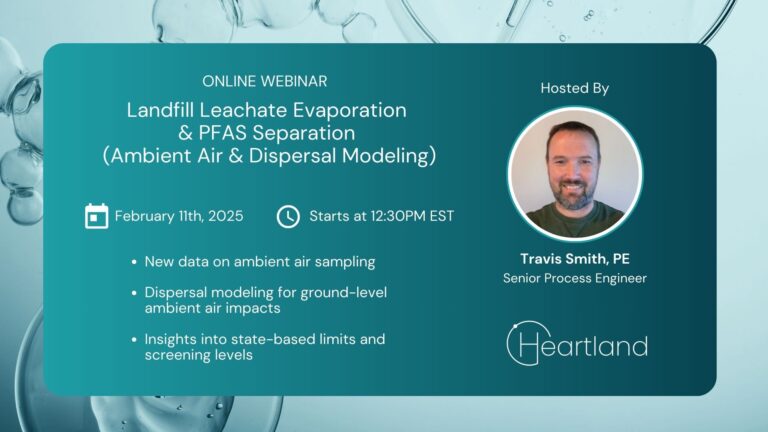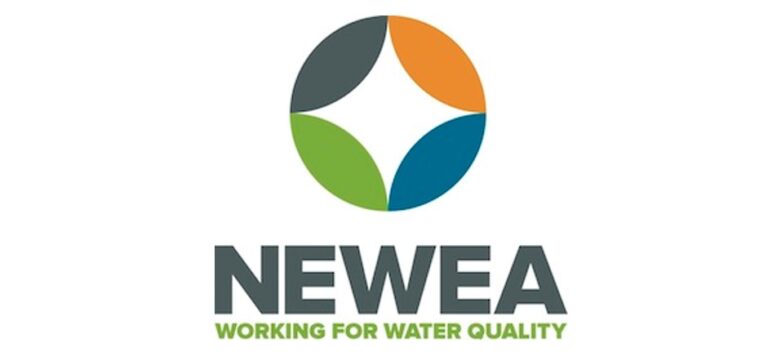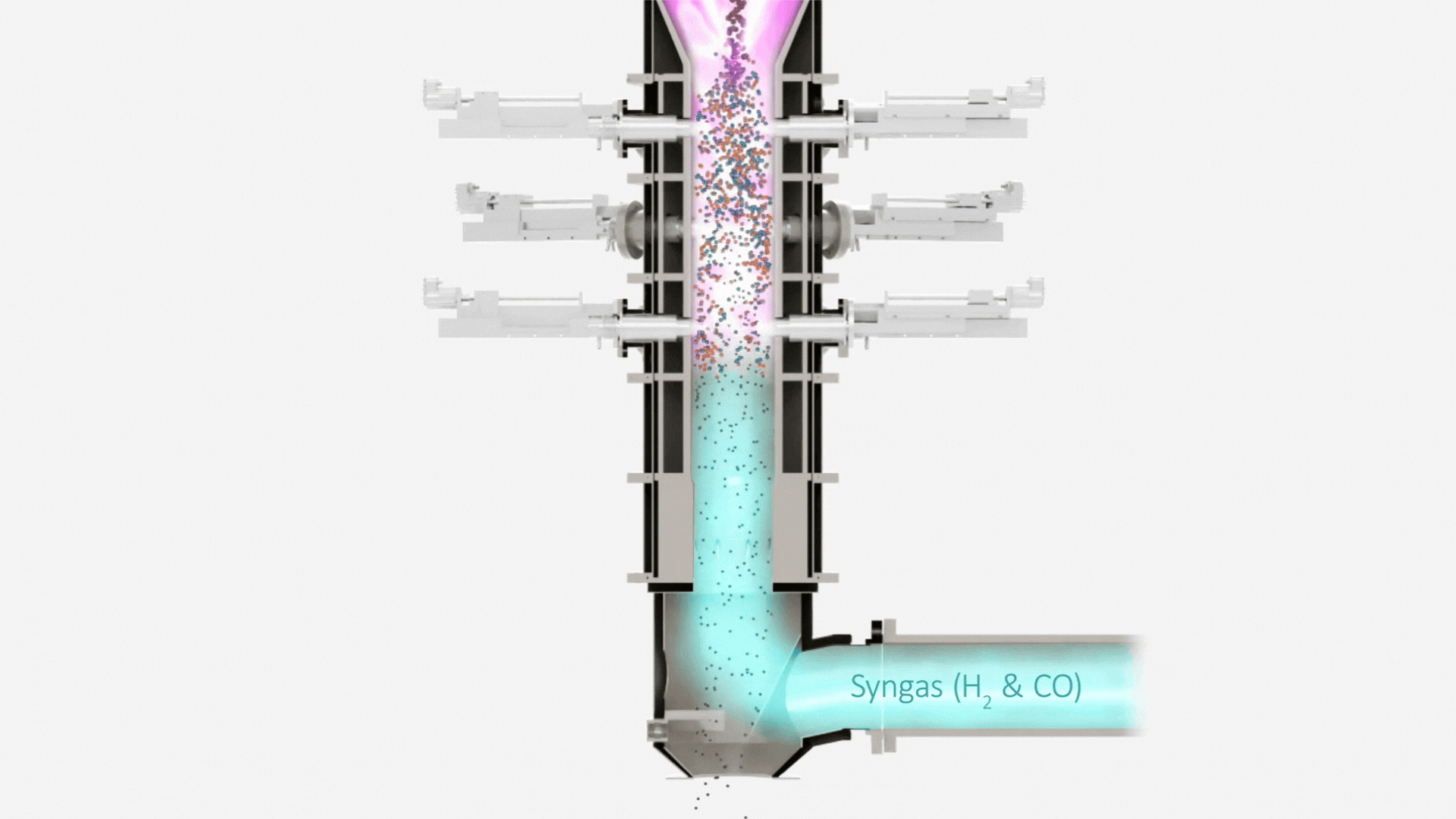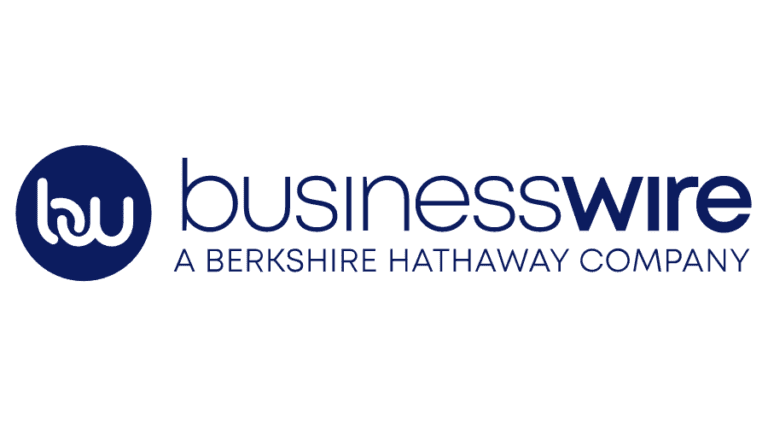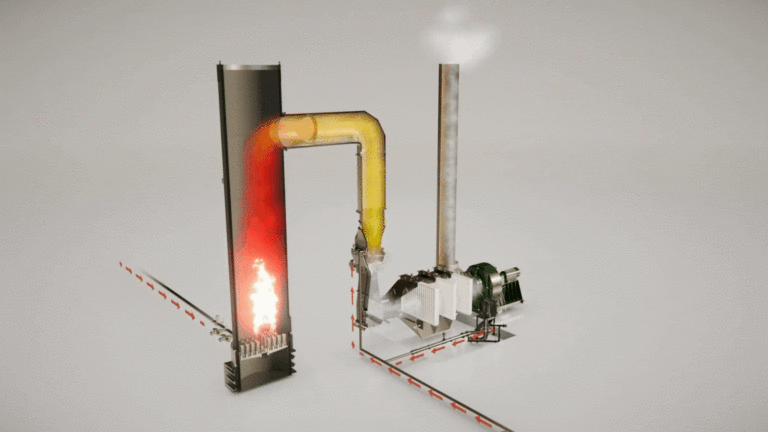Heartland’s ZLD Solution Pioneers Compliance with EPA’s New CRL & FGD Wastewater Regulations
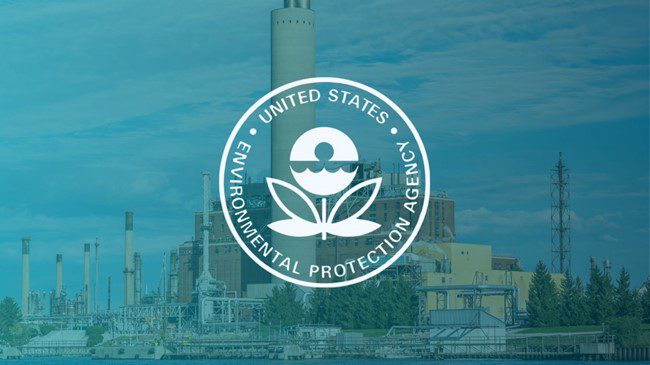
The U.S. Environmental Protection Agency (EPA) recently updated the Effluent Limitation Guidelines (ELGs) for power plant wastewater, targeting Flue Gas Desulfurization (FGD) and Combustion Residual Leachate (CRL). These new regulations aim to significantly reduce the discharge of toxic pollutants, including mercury, arsenic, and selenium, into water bodies.
Included in the updated guidelines is the EPA’s recommendation for Zero Liquid Discharge (ZLD) technology for both FGD and CRL wastewater, eliminating water discharge by recycling or evaporating the wastewater. The new standards reflect the EPA’s commitment to protecting water quality and addressing health and ecological concerns linked to power plant operations.
The 2015 ELGs for power plants set by the EPA aimed to reduce pollutant discharges in FGD wastewater and other streams through conventional treatment methods like chemical precipitation and biological systems. While these guidelines targeted reductions in heavy metals, they did not mandate ZLD technology, which has become a focus in recent updates.
In 2020, the EPA revised these guidelines, introducing more lenient discharge limits, delayed compliance deadlines, and the continued use of treatment methods like wet ash handling systems and surface impoundments. The intent was to reduce regulatory costs for the power industry, particularly coal-fired plants.
The EPA resumed review of power plant wastewater regulations in 2021, resulting in the most recent, updated ELGs recommending ZLD technology for FGD and newly included CRL wastewater streams. The revised guidelines, released spring of 2024, emphasize eliminating wastewater discharges to enhance water quality protection.
One of the recommended solutions for waste steams targeted by ZLD requirements under the updated ELGs is the use of adiabatic evaporation for wastewater volume reduction, preceded, when necessary, by membrane technology. By capturing and concentrating contaminants like heavy metals and salts, the combined technologies efficiently separate clean water and water vapor from concentrated residual, minimizing the volume of wastewater requiring disposal and ensuring that wastewater discharge is virtually eliminated. The solution minimizes the environmental impact of power plant wastewater, aligning with the EPA’s goal to reduce toxic pollutant discharge.
A successful example of Heartland’s adiabatic evaporation ZLD solution for FGD wastewater treatment is the alliance between Heartland and NRG, the leading North American energy and home services company. At NRG’s WA Parish Station power plant in Texas, commissioning of a Heartland system is underway to treat 50,000 gallons per day (gpd) of FGD wastewater. This technology reduces the wastewater up to 95% and solidifies the remaining concentrate for disposal at NRG’s onsite landfill, achieving ZLD targets.
NRG’s efforts have won praise from Chris Beaufait, CEO of Heartland, who stated, “NRG’s forward-looking investment demonstrates the company’s commitment to environmental stewardship, ensuring compliance while leading the industry in sustainable wastewater treatment.” An NRG executive also highlighted the relationship’s success, noting, “The robust and proven Heartland solution, coupled with their experienced team of engineers and operators, has been a great asset to work with as we implement this critical technology.”
This collaboration showcases a proactive approach to regulatory compliance while significantly reducing the environmental footprint of power plant operations.
About Heartland
Since 2008, Heartland has operated at the intersection of water, renewable energy, and resource recovery, providing technology-enabled solutions for the world’s most challenging waste streams. Enabled by unique, proprietary technologies such as the Heartland Concentrator™, HelioStorm™, and LTC Dry™, Heartland’s mission is to provide scalable, efficient, turnkey solutions enabled by expertise and innovation, that not only meet the needs of today but promote sustainability, preserve the environment, and enhance public health.
